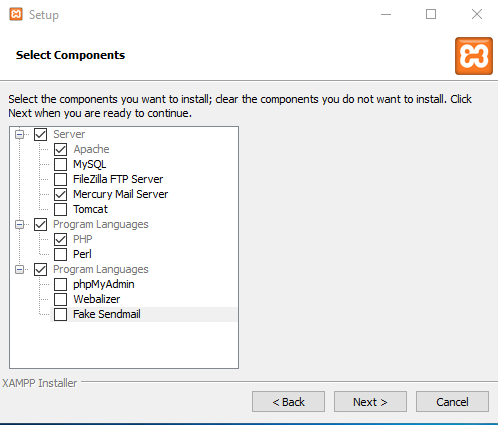
Memory mapped files in /var/tmp for the framebuffer.ĭisplays screen 0 of the server started by the preceding example. The server will listen for connections as server number 0, will have the default screen configuration (one screen, 1280x1024x8), will also support pixmap depths of 3 and 27, and will use

Install it from your prefered repository (sudo apt-get install xvfb with debian/ubuntu). Windows of the application won’t be shown and will be drawn only in memory.

It emulates a dumb framebuffer using virtual memory. Xvfb allows to launch any graphical programs without the need of an X-Windows environment. Xvfb is an X server that can run on machines with no display hardware and no physical input devices. You can get a live view by running a VNC server against the Xvfb display, like this: x11vnc -display :99 -localhost & Ubuntu Fluxbox GUI with x11vnc and Xvfb.Using VNCserver + GUI application + Virtual Display in Docker container.See: Remote control over SSH at Xvfb Wikipedia page To setup password, run: x11vnc -storepasswd. Or to listen on all addresses with password, use: x11vnc -display :0.0 -usepw Vncviewer -encodings 'copyrect tight zrle hextile' localhost:5900 If your Xvfb listen on localhost only, you can setup tunneling to localhost, so a vncviewer can then connect to localhost to get remote control over the server. -gone cleans up when it exits as otherwise Xvfb is left behind (killing xvfb also kills fluxbox).

Here is script friendly version to run Xvfb, x11vnc and fluxbox: export DISPLAY=$ sets screen to 16bit colour 1024x768 X11vnc -display $DISPLAY -bg -forever -nopw -quiet -listen localhost -xkb Then to setup access to Xvfb for remote control, you can use X11 over SSH or VNC over SSH, e.g. Optionally install fluxbox to have simple window manager. All you need is to install x11vnc via: sudo apt-get install x11vnc xvfb fluxbox


 0 kommentar(er)
0 kommentar(er)
